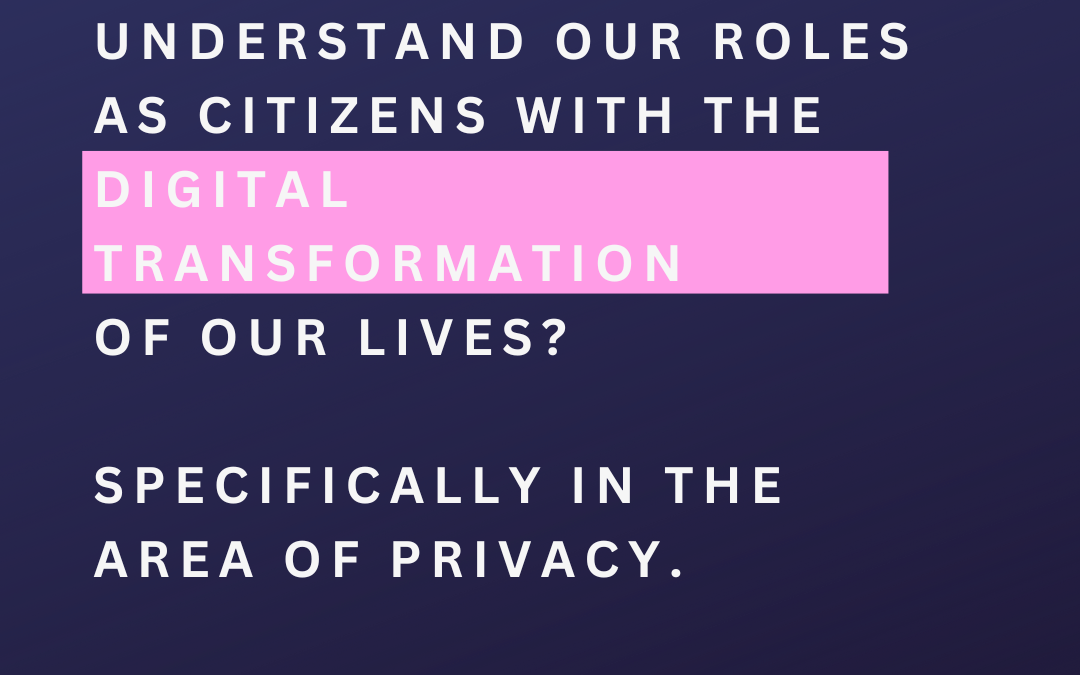With rapid digital transformation, how could we, as citizens of India, better understand our roles and actions when it comes to the realm of privacy? More importantly, what safeguards apply to us within this realm?
These are questions that have puzzled us for a while now and many of us are often lost, especially when there is legal parlance involved. Researchers at DHSS, IIIT-Bangalore are attempting to unpack them. Our doctoral scholar Asilata Karandikar under the supervision of Prof. V. Sridhar attempts to deconstruct the institutional vocabulary of privacy legislation. In the process, she aims to throw light on the institutional elements that constitute and limit the right to privacy.
Below is the abstract of one of the papers Asilata and Prof. Sridhar have co-authored based on this research, which throws more light on their findings. This paper was presented at the ‘Digital Demos: Data, Democracy and Regulations at the EU and India’ conference held at IIIT-Hyderabad from 9-10 September, 2025.
Abstract: Our research aims to determine the state-citizen relationship affected by the digital transformation of public and private life. With the analysis of data privacy legislations in India and the EU as the point of entry, we apply the Institutional Grammar framework to systematically delineate the constitution, regulation, and interrelationship of entities in the laws. We complement the comparative analysis with interviews with legal experts including litigators, corporate lawyers, legal educators, and lawyers working in the civil society space to compare perspectives emerging from industry, civil society, and litigators in their approach to data privacy legislation and the role and responsibilities of data fiduciaries. We find that there is a divergence in perceptions of the state-citizen relationship across stakeholders. We are also able to separate constitutive and regulatory clauses of data protection regulations and determine the extent of state-citizen relationship to determine how it varies across jurisdictions. Our comparative analysis highlights the constitution of, and the limits to the right to privacy arising from activation conditions and execution constraints on actor-roles assigned by the laws.

